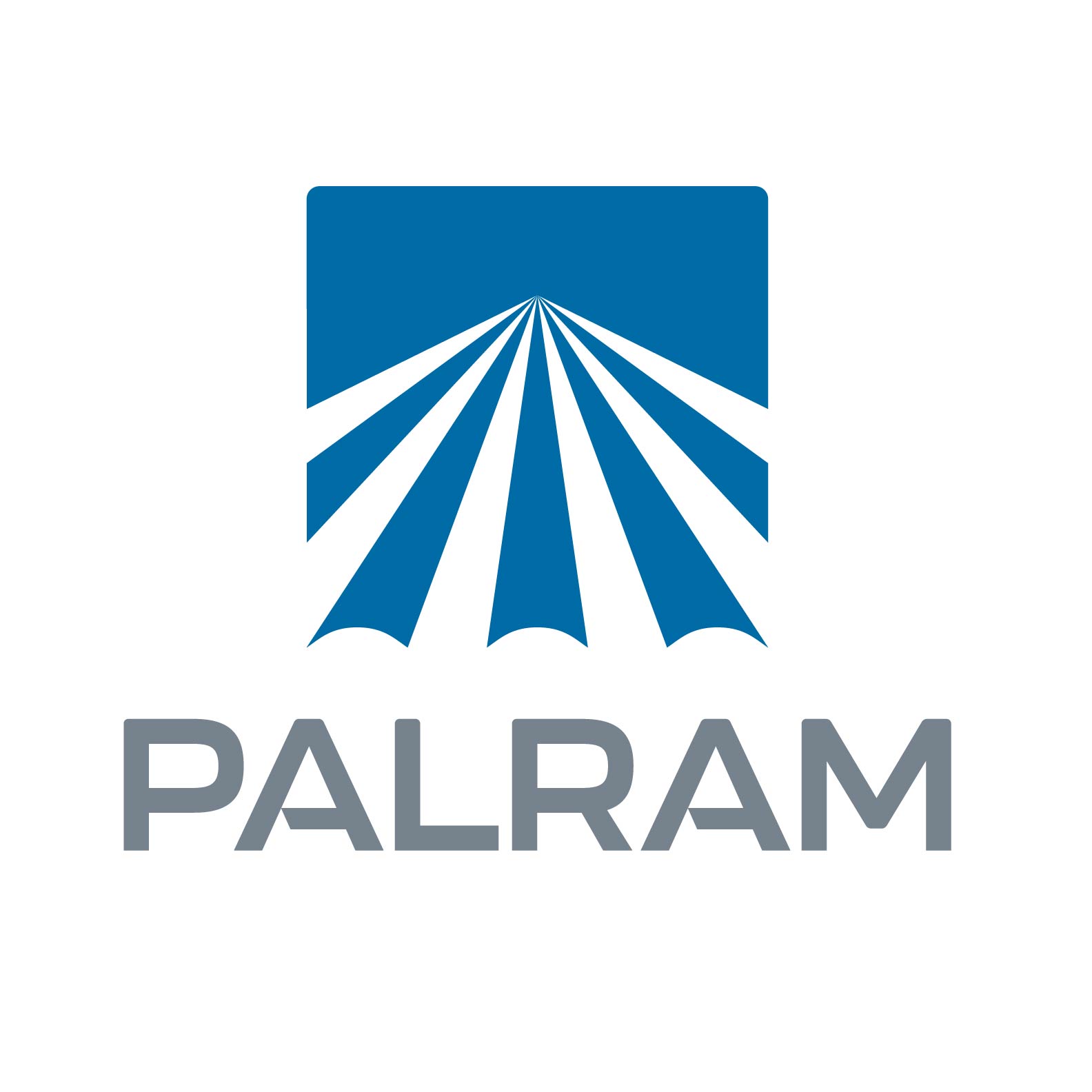This On Demand CEU is a recorded presentation from a previously live webinar event. Zero-energy school construction is a growing trend across the country. A combination of advanced energy-efficiency strategies, affordable solar power, combined with innovative concrete exterior wall assemblies is making it possible. Systems like insulating concrete forms and tilt-up construction combine strength and durability of reinforced concrete with the energy efficiency of continuous rigid insulation.
This presentation describes zero-energy strategies along with details on how to take advantage of the high R-value, thermal mass, with lower air infiltration concrete envelopes can provide, to offer school districts both lower first costs and long-term operating savings. Project examples are shared to demonstrate the proven performance benefits now being realized nationwide.








.jpg)